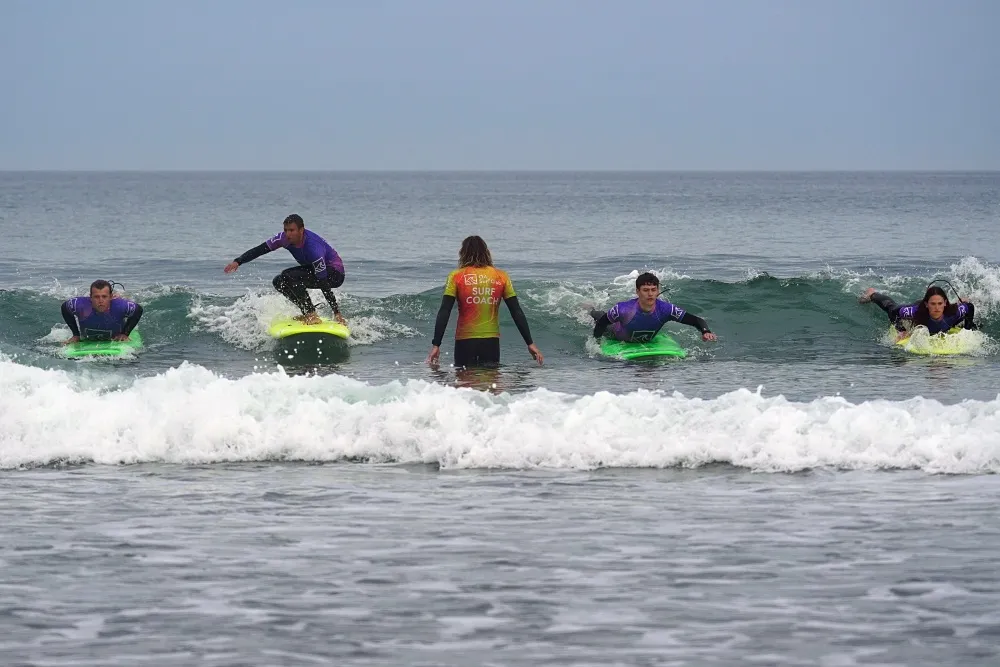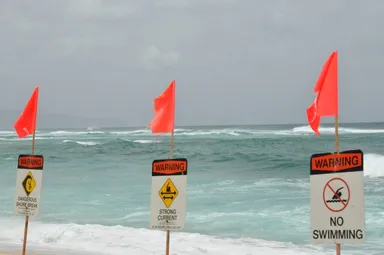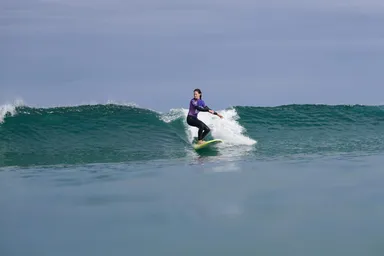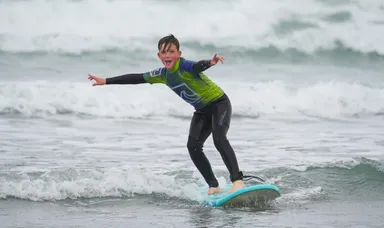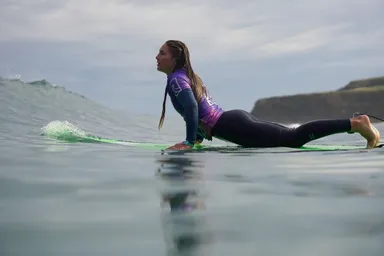OA Surf Guide: The Paddle
OA Surf Guide: The Paddle
Position
The key to a good paddle technique starts with your position on the surfboard. Some key points for board position include:
- toes over the tail of the surfboard
- body laying central on the surfboard

We also want to paddle with our chest up off the board, and with our legs together, as this will help prevent nosediving. If our legs are apart and our chest down on the deck, it will put too much weight on the nose and cause us to come unstuck.
Once your board position is well established, then it's time to look at your actual technique.
Paddling
When you paddle, remember to paddle long and strong. This will give you maximum forward momentum and help keep the surfboard 'planing'. We want the surfboard to plane through the water so that when the whitewater hits and pushing us forward, the board is balanced and stable.
If we paddle short and sharp, the board will likely rock side to side with the jerking motion. So this will cause us to lose balance before we've even caught a wave!
Commitment
The final step to a strong paddle technique is commitment to the wave!
Often people don't start paddling early enough, or maintain the movement for long enough. We need to build and upkeep our momentum so that the whitewater can carry the surfboard with us on top of it! If we stop too early, there's a likelihood that we'll miss the wave.
Learning to paddle a surfboard is an often overlooked skill in people's surf progression. However, it's arguably the most essential skill to master as a surfer!
If the paddle is something you feel you could work on in your surfing, you can book a lesson with one of our surf coaches. It isn't only a "beginner" skill, it can also be something we continue to develop as we begin to catch unbroken waves, move out into the lineup, and go for bigger, more powerful breaks. Therefore a one-to-one lesson can be very beneficial for this, as your coach can take a look at your current technique and offer tips for improvement that are 'you-specific'!
